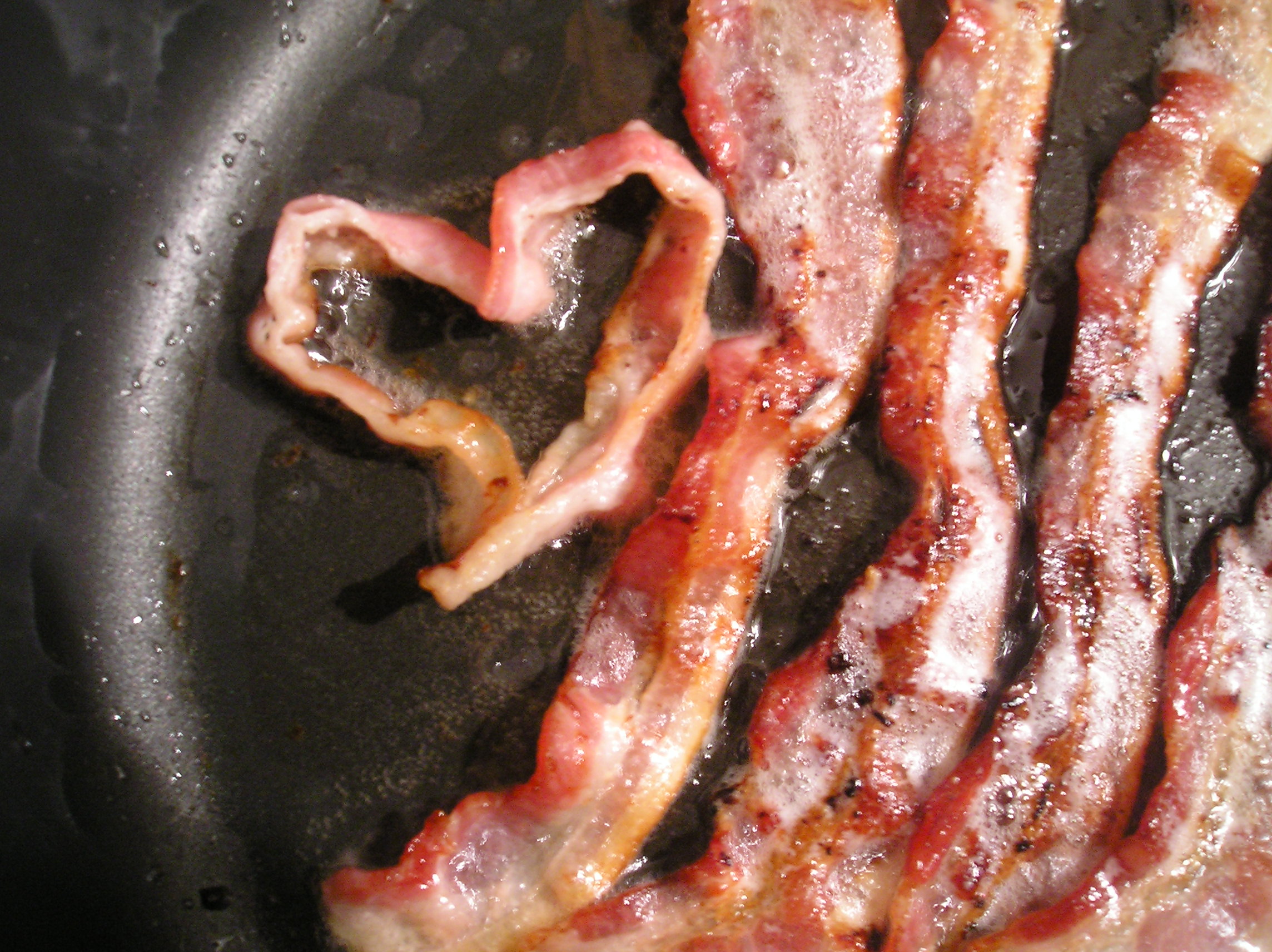Fruit and veggies aren’t the only foods that depend on seasons to thrive. Meat does too! Or, at least, it used to …
Let famed Polyface farmer Joel Salatin explain:
When are the deer fattest in your area? Going into winter. Forage-fattened beef is also best in the fall. Once the frost has killed flies and sweetened the grass, cows are more comfortable than at any other time of the year. They naturally ramp up their forage intake and back fat in fall to get through the lean, hard winter. On the other hand, spring is when chickens lay enough eggs so there will be extra for raising broilers.
Back in the day, people would eat the meat right away for enhanced flavor … and because they didn’t have fridges to store it in. That was before America’s ag supply chains discovered the powers of diesel, electricity, and feedlots. Big meat suppliers started shipping tons of beef, pork, and chicken across the country, straight to the crisper drawers of meat-lovers everywhere. The notion of meat’s primal seasons was disregarded, and eventually, pretty much lost.
But if you’re a small farmer, Modern Farmer has an idea for you! Meet the meat club (*cue hallelujah chorus*). The meat club isn’t a new thing; in the early 20th century, it’s how small farmers would ensure they had meat all year round. Each meat club had a group of families. Monthly, each family would contribute a pig, cow, or whatever animal was ripe for the slaughtering (sorry for the mental image there, vegetarians). An article in Modern Farmer offers a brief history:
Pigs were slaughtered throughout the fall, then all the remaining mature hogs were killed in the winter. “Hog killing time” meant the community coming together to process all parts of the pig for preservation. In the smokehouse, bellies became bacon, hind-quarters transformed into cured hams, and all manner of parts became smoked sausage. This was the stuff that got you through winter into the spring when the chickens were finally big enough for a family dinner. But what about beef? How could it be possible for you to enjoy that steak or smoked brisket year round? The answer in rural communities was to form a beef club. …
They existed before refrigeration, so a family couldn’t store their excess beef in the freezer as they do today. Every week during the summer, a family would donate a steer to the cause. It was slaughtered and divided evenly amongst the members. If there were 16 families, then you’d have fresh beef for 16 weeks — the entire summer.
In the article, Modern Farmer suggests that today’s small farmers make meat clubs a thing of the future. So … want to see in-season, local meat more readily available? Join the club.
Here’s how the year’s meat-eating can be divided up (the chart uses slightly different seasons than Salatin, but you get the meat of it):

mgmt. designClick to embiggen.




